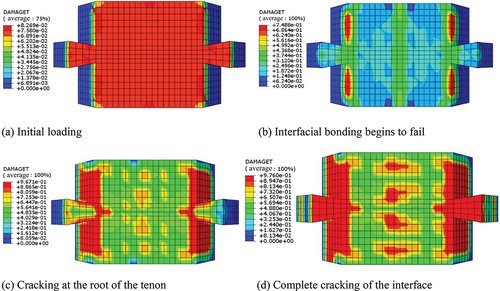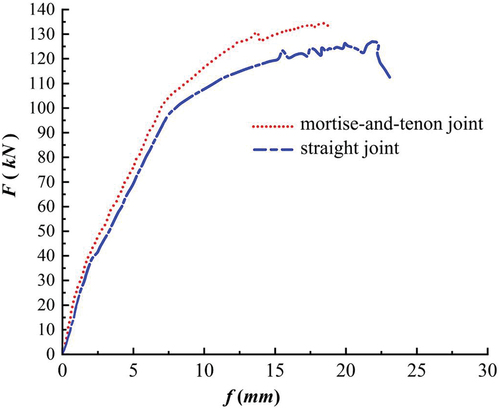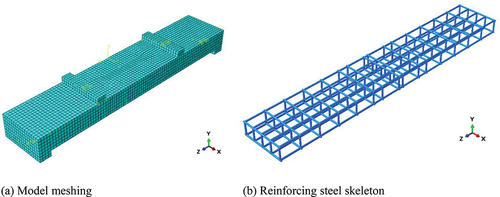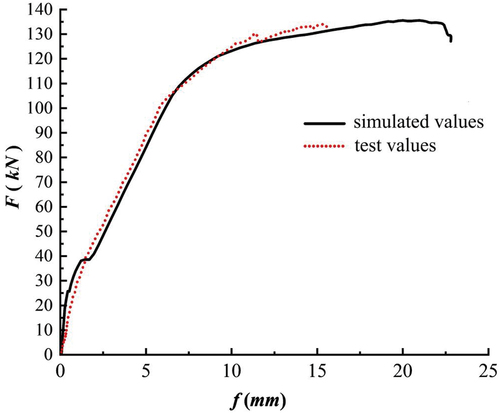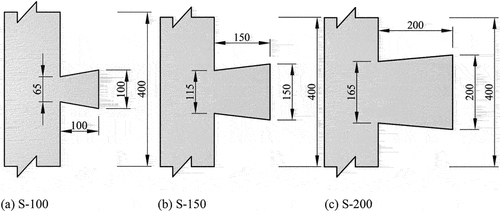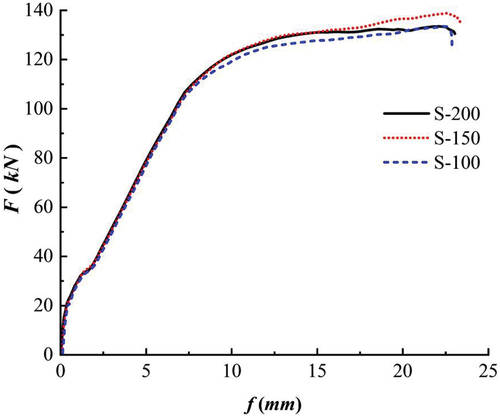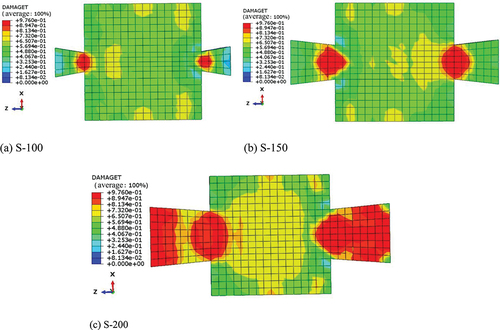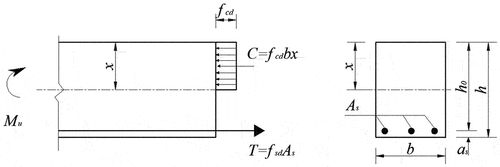Figures & data
Figure 2. Diagram of the test piece reinforcement design and wet joint size (mm).
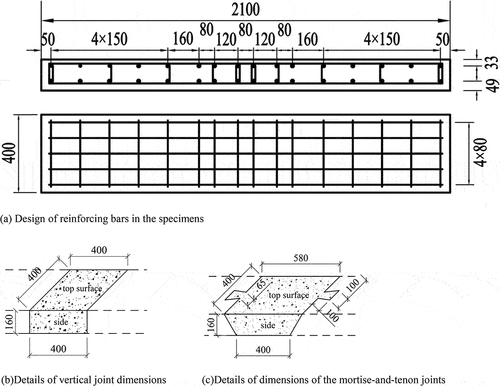
Figure 3. Fabrication process of the specimens.
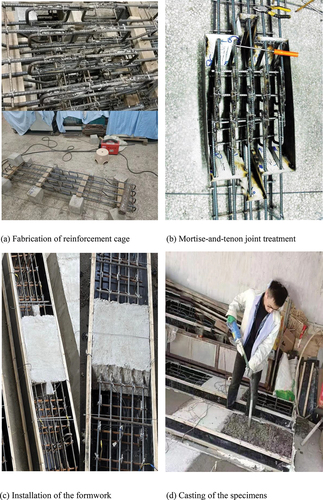
Figure 5. Normal section damage due to the flexure of the specimens.
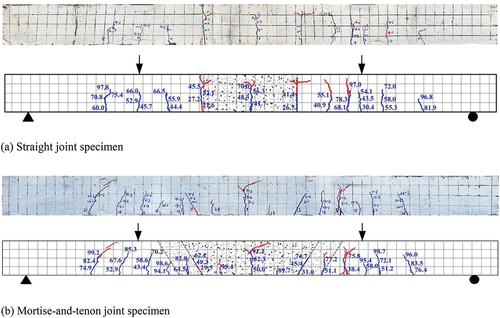
Table 1. Cracking load, yield load, peak load, and deflection of the specimen.
Figure 7. Concrete constitutive relationship curve.
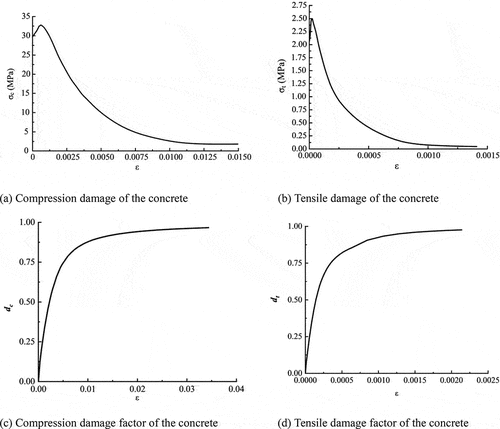
Table 2. Plasticity parameter values of concrete.
Table 3. Comparison of feature loads and corresponding deflections.
Figure 11. Comparison of tensile damage to the specimens.
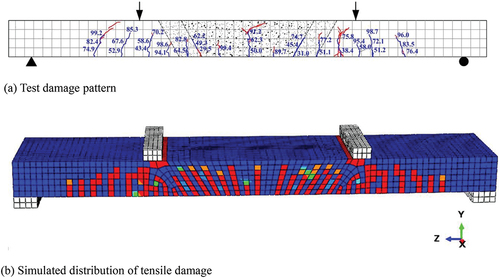
Figure 12. Tensile damage process on the bottom surface of a mortise-and-tenon joint.
